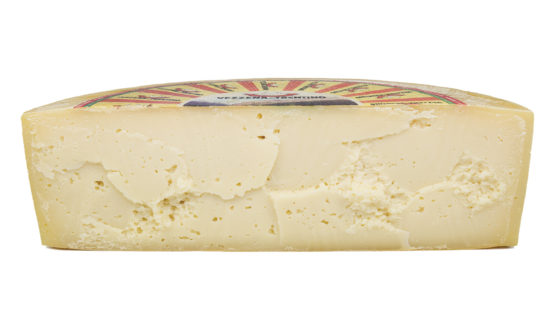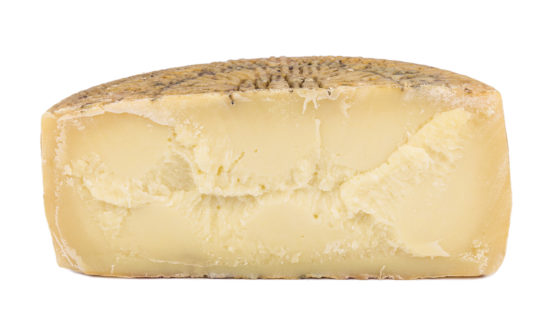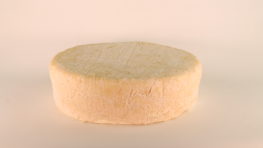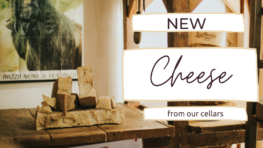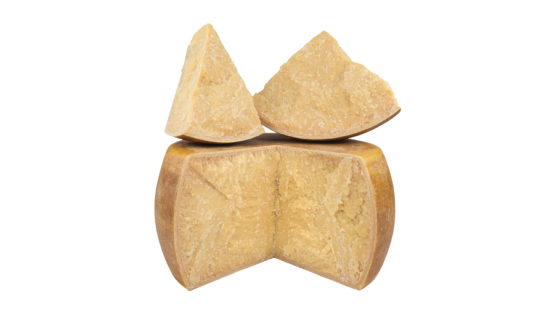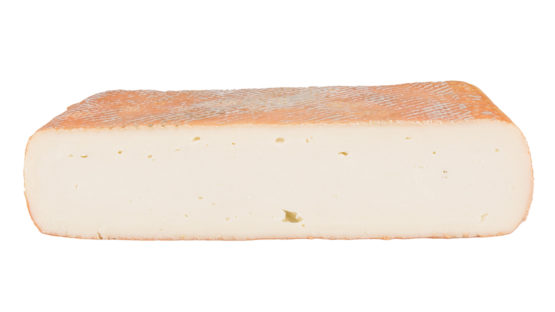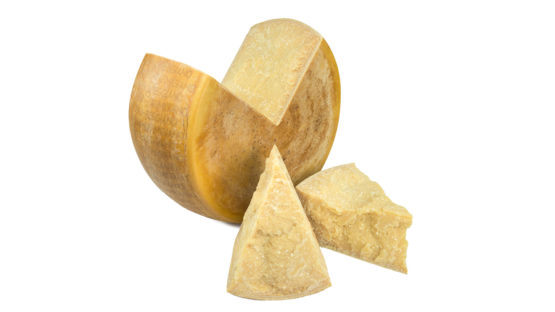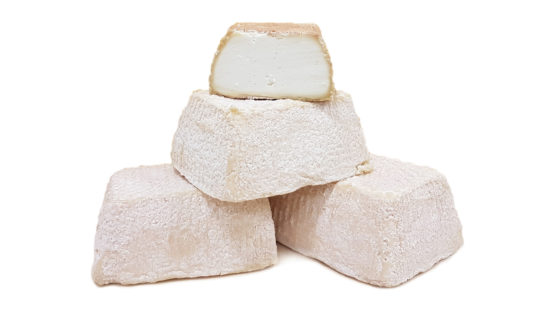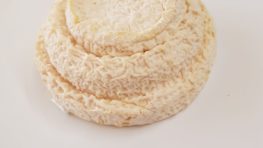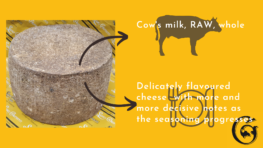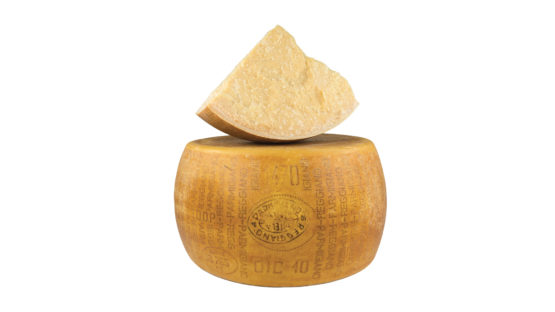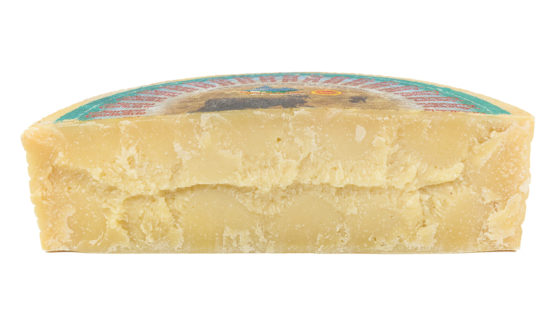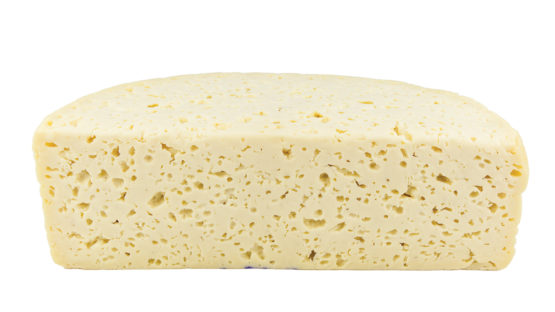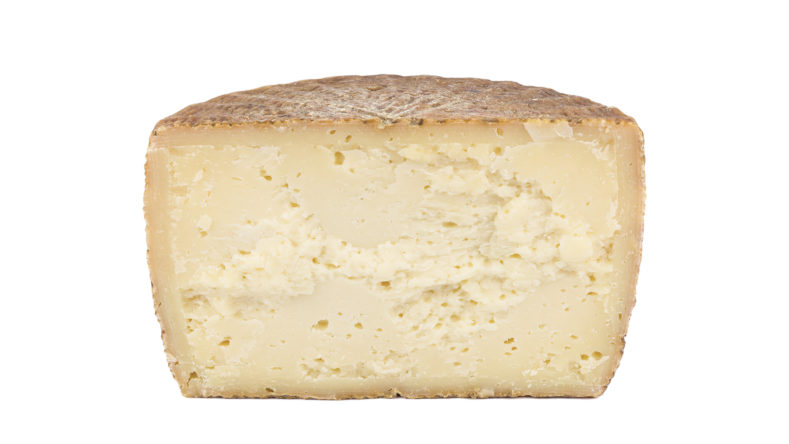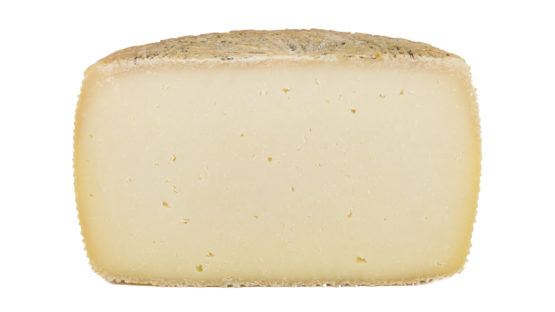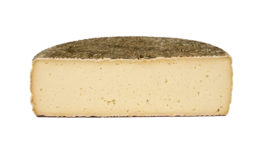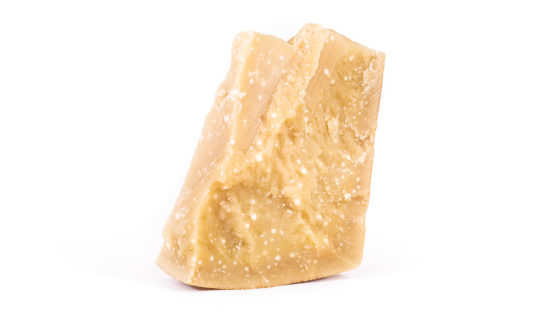
Parmigiano Reggiano DOP Riserva
This cru Parmigiano Reggiano is selected from Guffanti in "toll" (as they are called cheese factories dedicated to the production of the "King" of Italian cheeses) in the provinces of Parma and Reggio Emilia and Modena working from milk from cows of their own stable business (so no milk run consortilmente). The daily production is therefore limited to a few forms. The cattle also, in the period from spring to autumn, is also fed with pasture grass Apennine located at altitudes of up to 7-800 meters. Grazing by high hills or mountains is a special feature for Parmigiano Reggiano cheese that is traditionally and typically plain, but the use of these pastures, which began in the first half of the twentieth century, allows you to get a latte and then cheese with a very strong organoleptic qualities. Obviously a proper aging in suitable premises, also extended beyond the two years considered "canonical" is able to further develop these excellent features.



